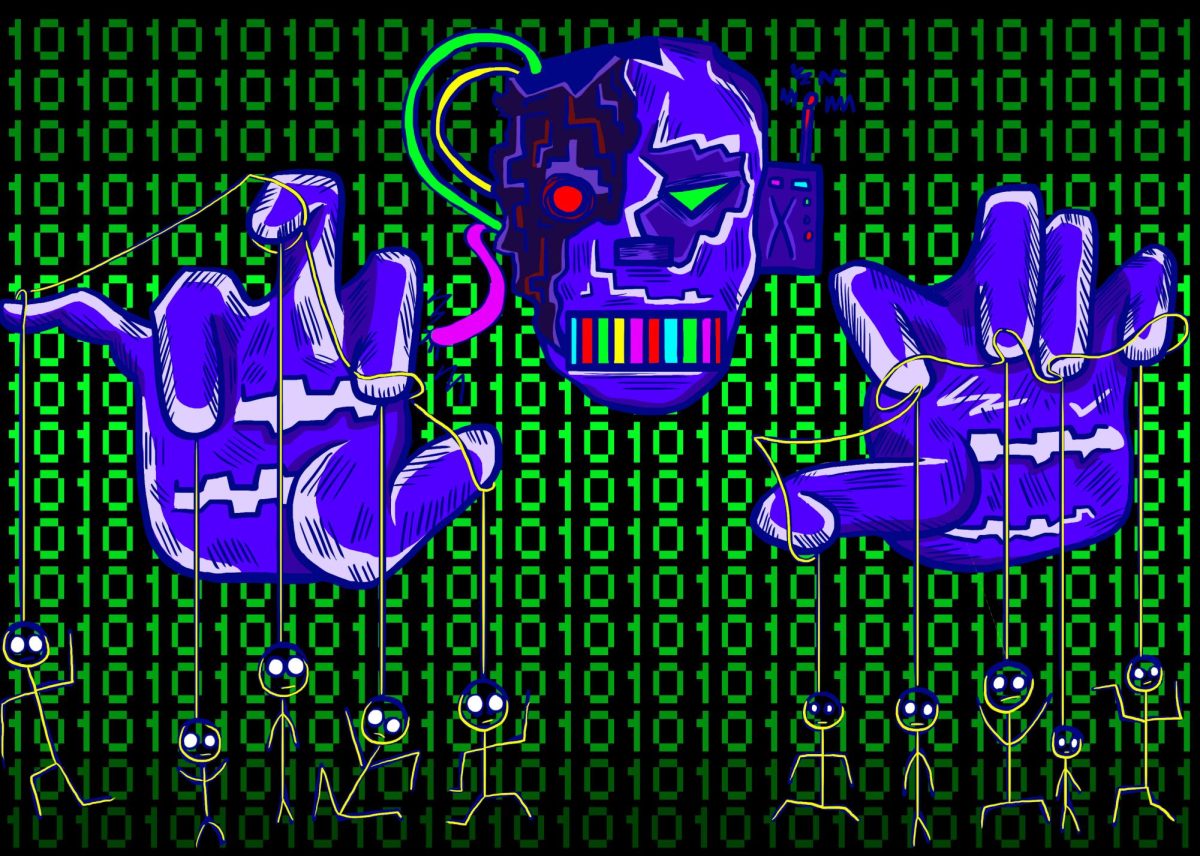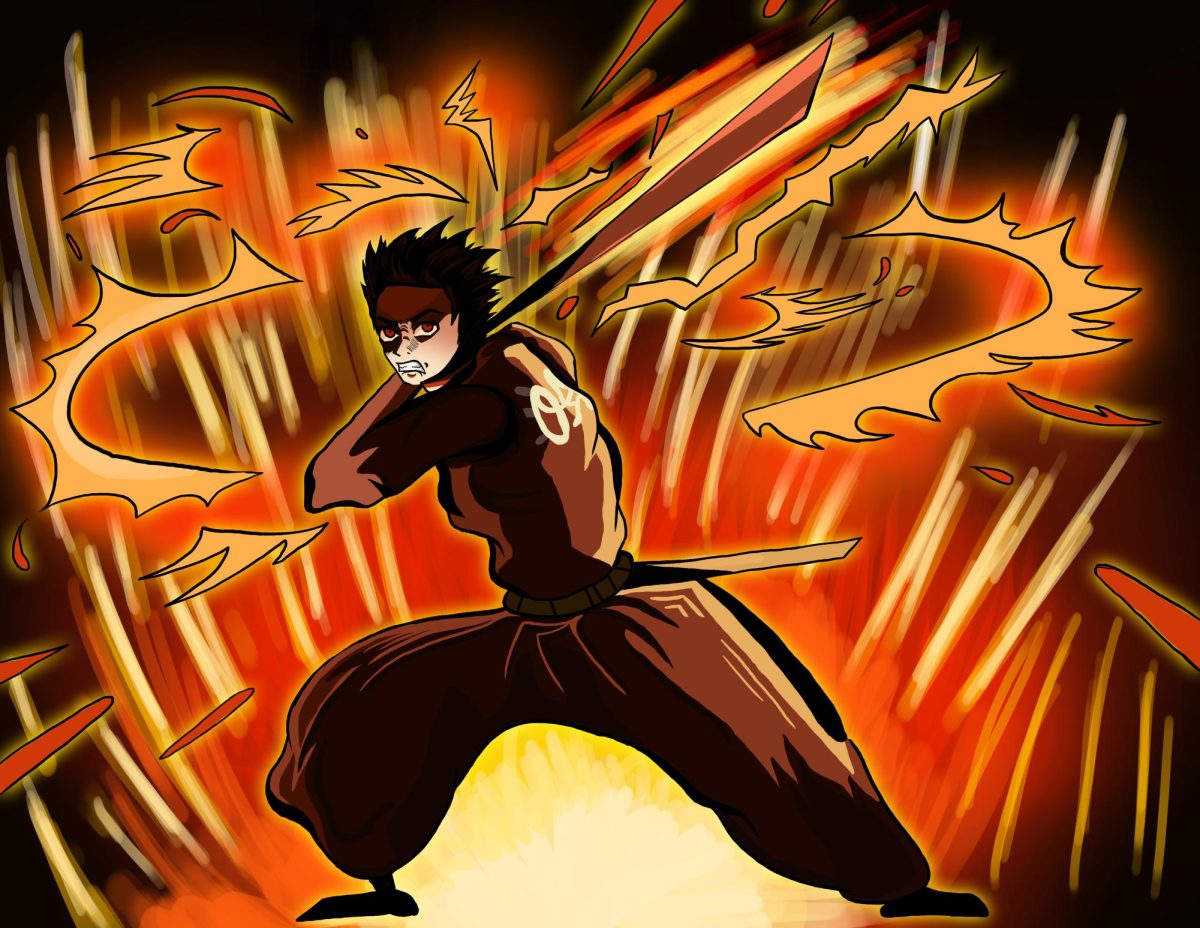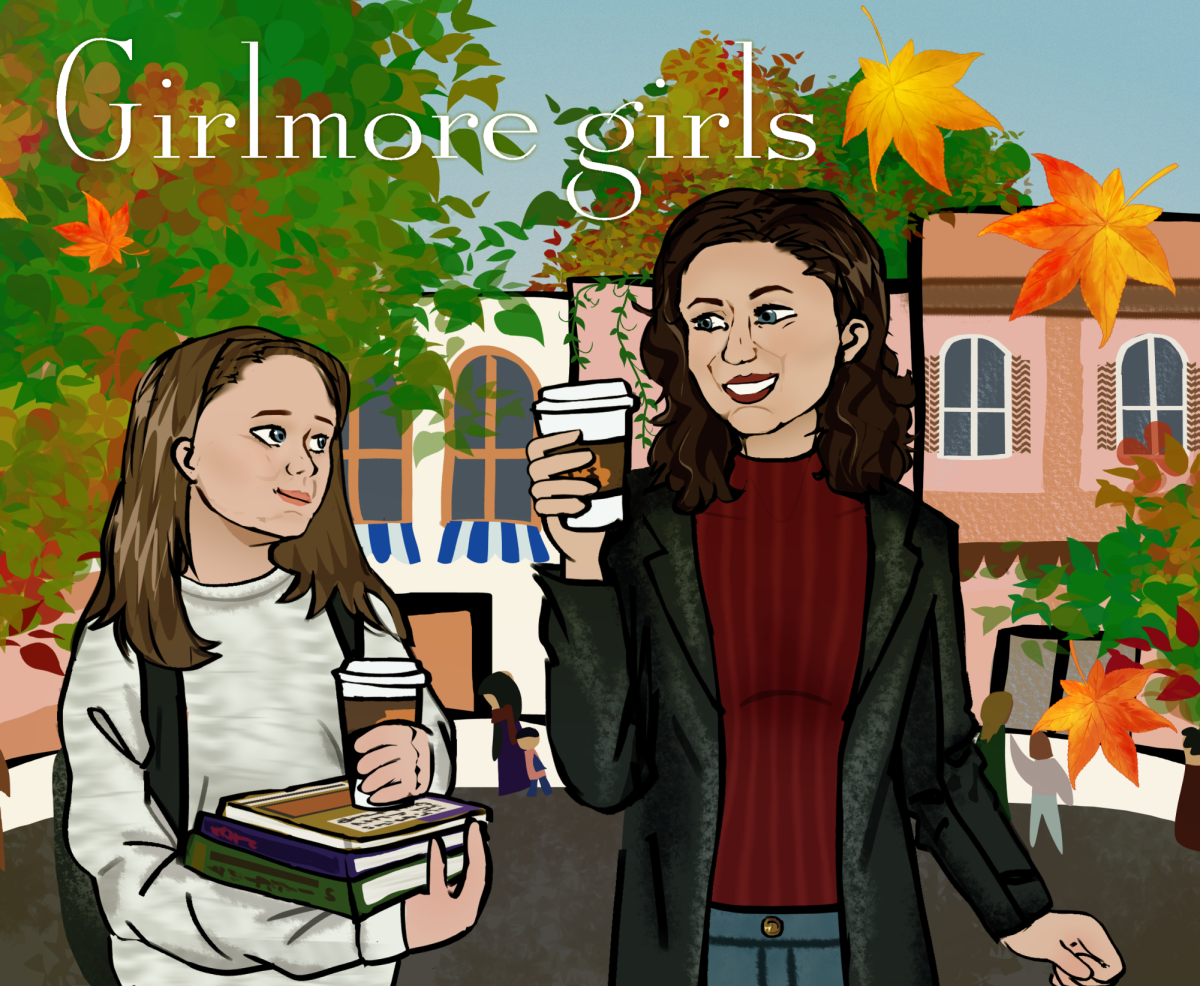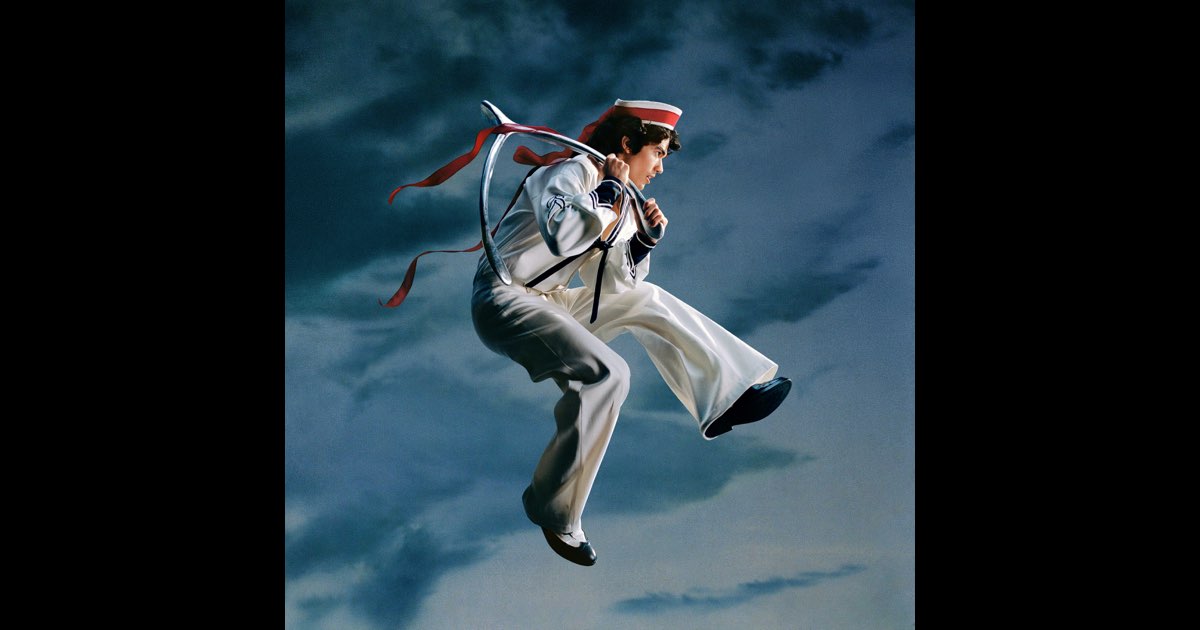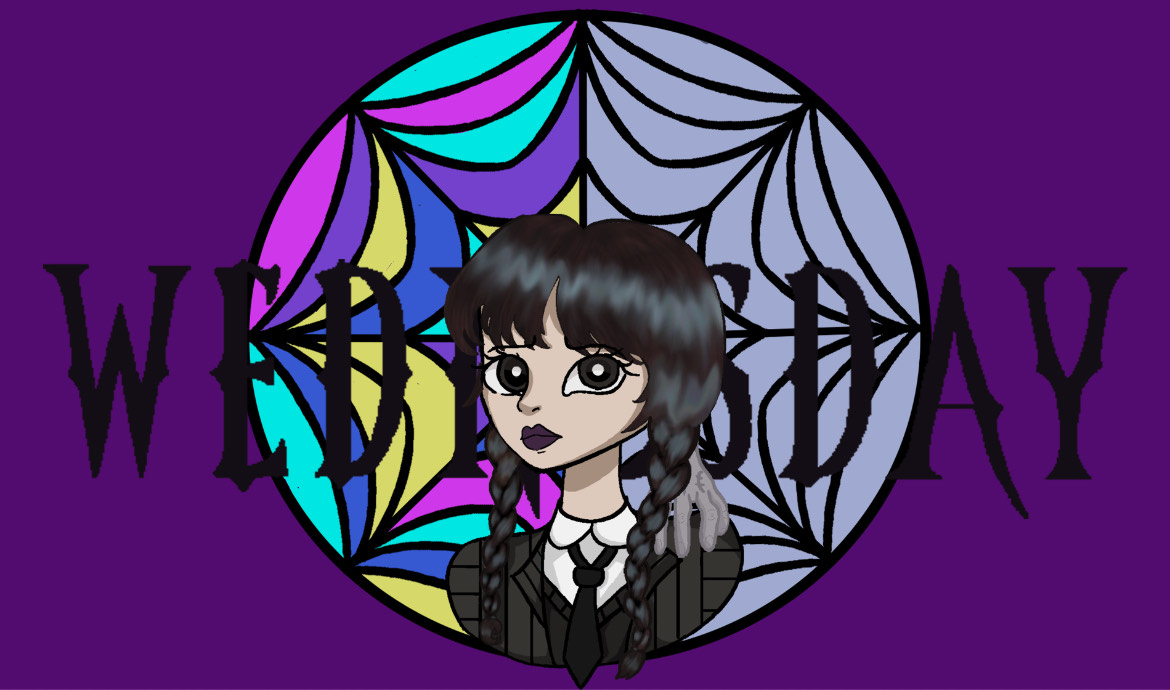Peter Griffin, arm in arm with Taylor Swift, both preparing to be wed with Clifford the Big Red Dog as the officiant. A green kitten with horns, flying into the sunset with its best friend—a talking seahorse—while eating a corndog. These are an astoundingly small fraction of the AI-generated images I’ve seen since its ‘debut’ in 2022.
While artificial intelligence in the most blanket-term sense has been around since the 1960s, it became widely accessible in 2022. My first encounter with generative AI was with ‘DALL-E,’ a program where I’d input stupid prompts and the outputs were an abstract mesh of whatever it was that I wanted (I once asked for a kitten on the moon—the image I received was a grey blob on a slightly rounder, greyer blob). A five-year-old could have made something better during kindergarten art time.
But technology, especially in this day and age, advances at a significantly rapid rate. Generative AI has reached a point where, once you input a prompt, it will give you almost exactly what you need; gone are the days of abstract drawings or poorly written essays. Now, it will pump out whatever your heart desires (not without its flaws, of course, but my point still stands. Many people overlook the extra fingers, anyway). Because it has become so advanced and now knows how to replicate human-like behavior, AI has lost its previous and generally safer concept of being a ridiculously silly tool.
AI isn’t silly anymore, and it is taken too seriously by far too many people to be comfortable with.
Indolence. Idleness. Laziness. That is the new reality plaguing society. Writing, drawing, and learning as a whole have become moot in the lives of many. What’s the point of exerting yourself in areas you despise when all the answers you could ever need are at the tip of your fingers? Why bother attempting to write an essay on a subject you have no interest in when you could request, edit, and turn in a fully completed piece of writing within minutes? Why learn the rules of algebra or geometry when Gauth AI or ChatGPT can answer your homework questions in less time than it takes to open a book?
The answer to that? Because people simply don’t want to. There is almost no sense of urgency or concern, especially among many students, to do work, learn math, or write. According to Best Colleges, 56% of college students have used AI on assignments or exams. I think it goes without saying that this completely dismisses and defeats the point of getting a college education, or any kind of education at that. Even a large percentage of my own high school peers are reliant on ChatGPT to finish the most mundane assignments for them.
AI is one of, if not the biggest and most demanding, issues in education today. That isn’t the only place it is impacting society, however, as AI’s reach extends into everyday places (at least for those who aren’t enrolled in school).
Social media is a good example of this. I, for one, can’t open TikTok without seeing some lazy AI attempt at advertising. A common one I’ve been seeing is an advertisement for “K-Pop Demon Hunters” figurines; the contorted faces of Mira, Zoe, and Rumi stare at the person behind the glass, moving their porcelain joints in ways that are unnatural, even for a toy. It’s absurd; not even consumerism is being advertised in a way that can be considered appealing to the masses.
Scroll for a little longer, and you’ll see bright, enticing ASMR videos with some of the silliest concepts imaginable. Miniature planets being spread across a piece of toast like jam, or oceans of chocolate and sprinkles. It is impossible not to want to consume more of these fantasy worlds, especially when the possibilities are so endless. But are these videos that are flawed in design and incredibly uncanny worth the five-second dopamine hit?
The easy answer is no. The more complex answer is absolutely not. The five-second rush that you receive from these videos directly leads to detrimental environmental effects that long outlast whatever entertainment it provides. According to MIT, “Beyond electricity demands, a great deal of water is needed to cool the hardware used for training, deploying, and fine-tuning generative AI models, which can strain municipal water supplies and disrupt local ecosystems.” Ecosystems are quite literally dying in front of our eyes because of our inexcusably cruel and selfish need for entertainment.
AI has also crept into the art community, with people posting elaborate ‘art’ pieces in order to get their minute of fame. This inevitably creates an unwelcoming atmosphere, especially as AI advances; it can be nearly impossible for the untrained eye to detect if an art piece is real or fabricated. The general consensus is guilty until proven otherwise via speedpaint or screenrecording.
Literacy rates are falling among younger generations. While artists fight in a modern version of the Salem witch trials, our environment is slowly succumbing to nothing as a consequence of our laziness pandemic. This is not even half of it, either. Something needs to change, something big, and it needs to happen fast.
AI is not the friend we believe it to be. It is the inevitable undoing of humanity’s independent nature.

